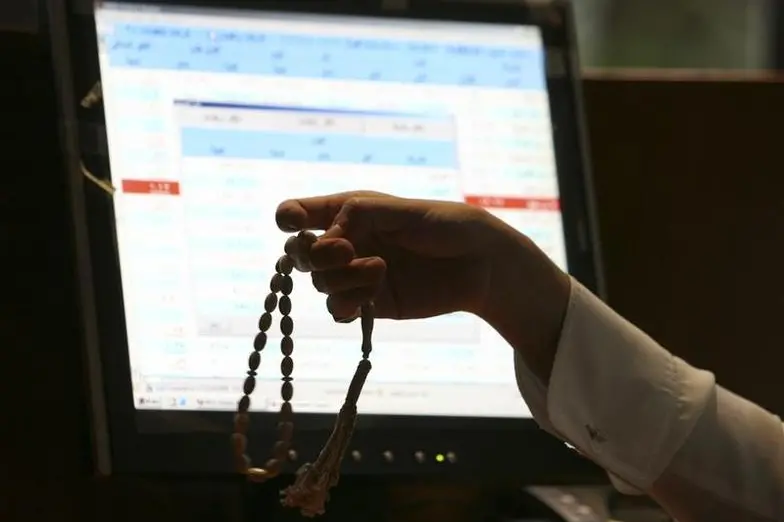PHOTO
Sunday, Feb 12, 2017
Dubai: Volume growth of sukuk issuance this year is expected to remain flat largely due to the complexity of issuance rather than liquidity that is limiting sukuk growth, according to rating agency Standard & Poor’s.
Volume of sukuk issuance across the GCC was muted in 2016 compared with conventional bond issuance.
“Some market participants believe that the liquidity drop in Gulf countries explains the lower issuances volumes. We see liquidity in GCC as adequate in a global comparison, though, and believe that the less supportive economic environment is translating into fewer growth opportunities, which could actually encourage banks to reallocate liquidity in the bond and sukuk market, ultimately leading to an uptick in issuance volumes,” said Dr. Mohamed Damak S&P Global Ratings’ Global Head of Islamic Finance.
While S&P acknowledges the drop in liquidity, the rating agency said compared with global peers, Gulf banks still carry a hefty part of their assets in liquid forms. The decision to issue sukuk or bonds ultimately lies with the issuer and depends on many factors. These include the cost of issuance, the capacity of the market to absorb the transaction, the issuer’s target investor base, how ready the issuer’s regulatory and legal environment is for sukuk issuance, and the complexity of structuring sukuk.
“We think that the latter factor is one of the main reasons behind muted sukuk issuance in 2016 and believe it will continue to weigh on volumes in 2017,” said Dr. Damak.
In GCC Islamic banks are among the main investors in sukuk. The Islamic finance industry remains dominated by banking, which accounted for more than 80 per cent of the industry’s $2.1 trillion assets at year-end 2016. This statement is somewhat confirmed by the distribution of the sukuk market’s investor base.
Over the past two years, GCC banking systems have been facing a contraction in liquidity. According to S&P, growth in GCC banks’ customer deposits slowed to 2.4 per cent in the first nine months of 2016, compared to 5.4 per cent in 2015.
Despite the continuing drop in deposits GCC banks have strong funding profile by international standards, as it is mostly dominated by core customer deposits with an average loan to deposit ratio of 91 per cent at the close of the third quarter of 2016. Moreover, GCC banks tend to keep sizeable amounts of cash and money market instruments on their balance sheets.
Sukuk have remained largely local in terms of investor base and issuers mainly in the core Islamic finance markets such as the GCC and Malaysia. While about 50 per cent of the investor base are in the core Islamic markets, the distribution of sukuk investors shows a bias toward local investors. For example, for sukuk issued in the GCC countries, 62 per cent of investors were based in the same region.
In recent years there has been a relatively high level of involvement of Western investors, which contributed around 27 per cent of investments. “Such involvement is likely not driven by the search for Sharia compliance but rather by yields. We believe that the involvement of Western investors in the sukuk market could be increased through more market education on sukuk and the risks involved,” said Dr Damak.
Investors from developed markets are expected continue to invest in sukuk until there is a shift in the liquidity conditions in these markets. The European Central Bank’s quantitative easing (QE), for example, has resulted in some leakages of liquidity toward emerging market instruments, including sukuk.
Analysts expect that increased exposure of Western investor to sukuk is due to the low interest rates in some European countries. By contrast, the contribution of US investors dropped over the past three years, and this might be due to the tapering of the US Federal Reserve’s QE followed by the start of the interest rate increasing cycle.
Economists expect two to three rate increases from the Federal Reserve for 2017, which augurs for an even lower involvement of US investors going forward.
“In our view, the key to broadening the sukuk issuer base and volumes lies in market education on sukuk in Western countries and higher standardisation of legal documentation and Sharia interpretation, or at least the establishment of large issuance programs,” said Dr Damak.
By Babu Das Augustine Banking Editor
Gulf News 2017. All rights reserved.












